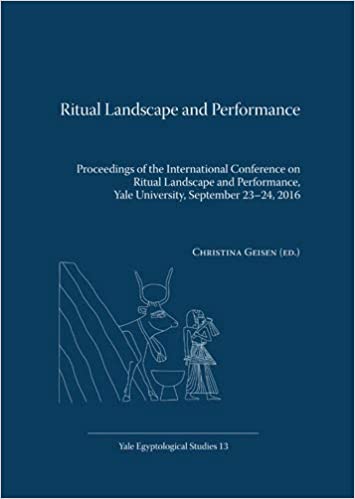Abydos was integrally connected to postmortem transformation, from its early link with royal mortuary activity as the locus of tombs of Egypt's first rulers, to its developing associations with deities such as Khentyimentiu, Osiris, Wepwawet, Horus, Isis and Heqet, who played integral roles in the process of rebirth. Individuals from many different sectors of the population contributed to the development of the North Abydos landscape through ritual practice that involved movement, gestures, and sensations. The meaning of the landscape was created through these bodily experiences, and in this sense the landscape was 'embodied.' This paper examines aspects of the interactions between people and this specific geographical setting that are preserved in the inscriptional and archaeological record. In addition, the paper proposes that the landscape of North Abydos replicated aspects of the conceptual geography of the Netherworld (Duat). The transcription of elements of that intangible realm onto the topography of the site constitutes another form of embodiment, in which elements of the built and natural environment were metaphorically identified with locations that feature in the funerary literature. These activities were fluid and mutable, reflecting meanings dependent on variable practice and also changing over time as notions of the Duat developed. Reading the geography of North Abydos as a reflection of the landscape of the Duat has significant potential to expand our understanding of the interrelated functions of specific elements of the built environment as well as the geography within which individuals sought access to the divine.
Publication Type
- Book



